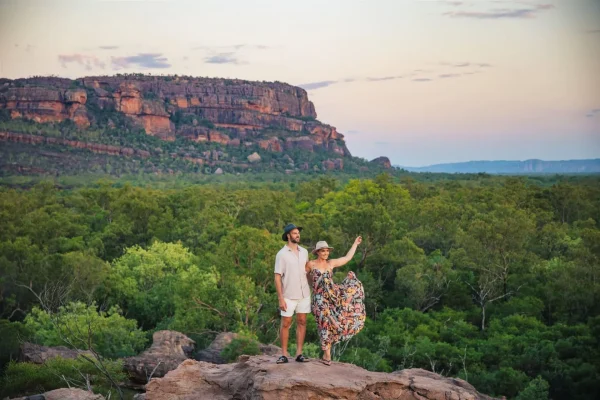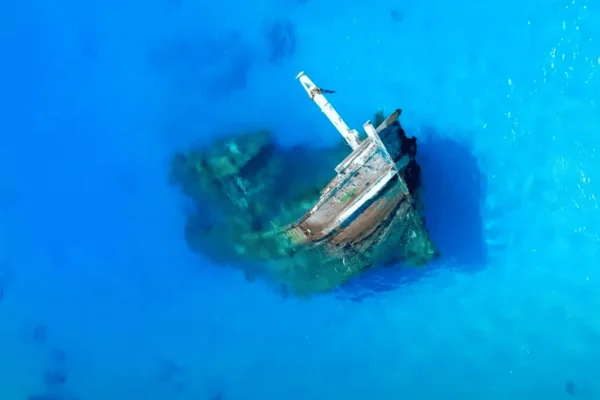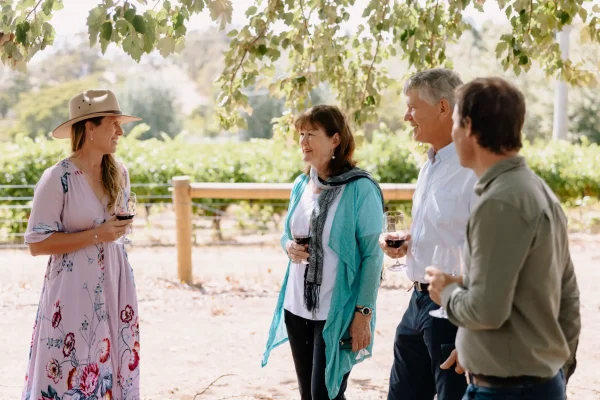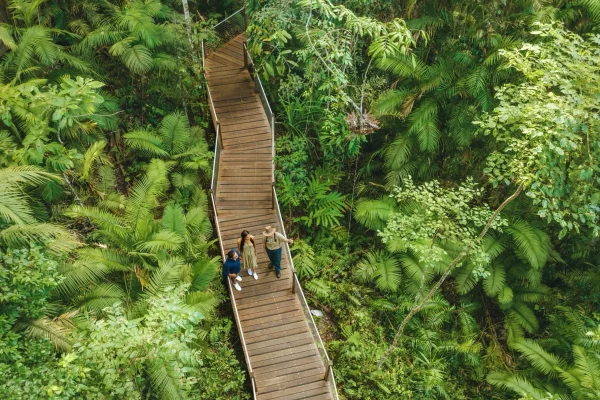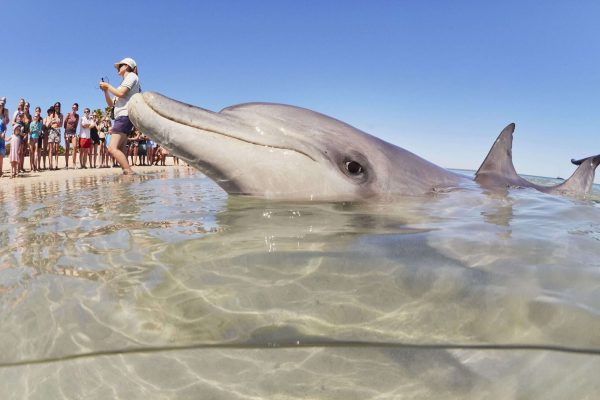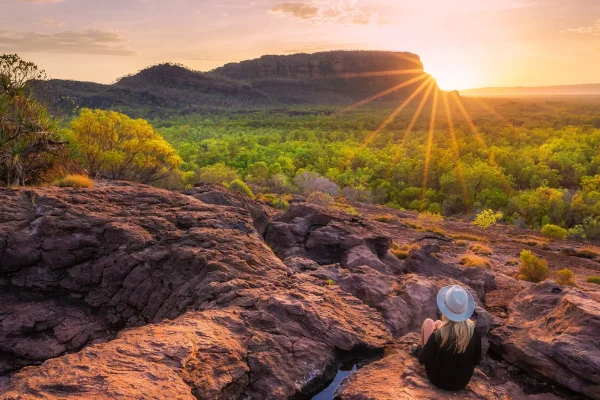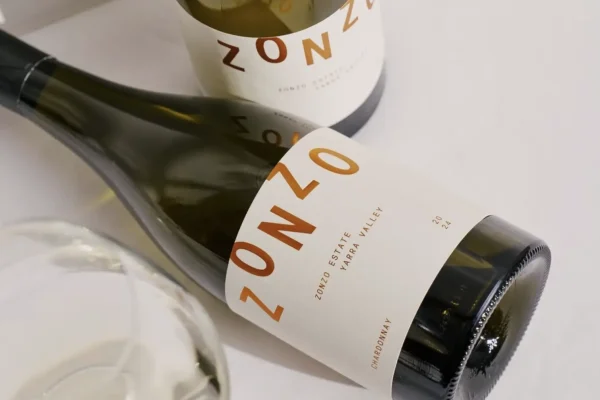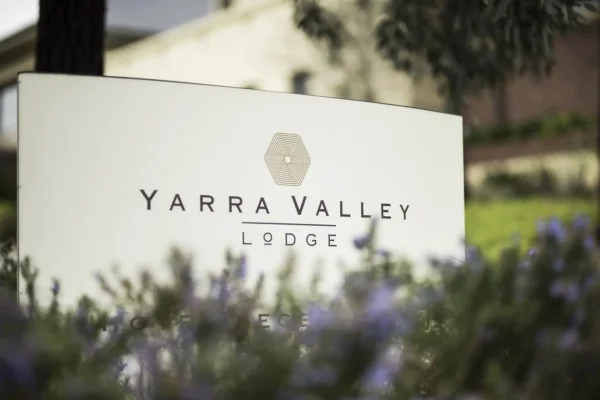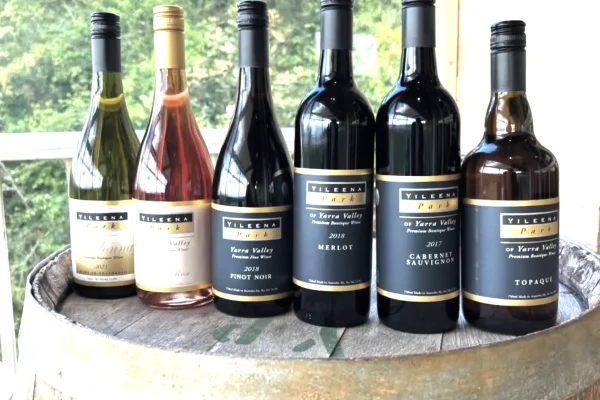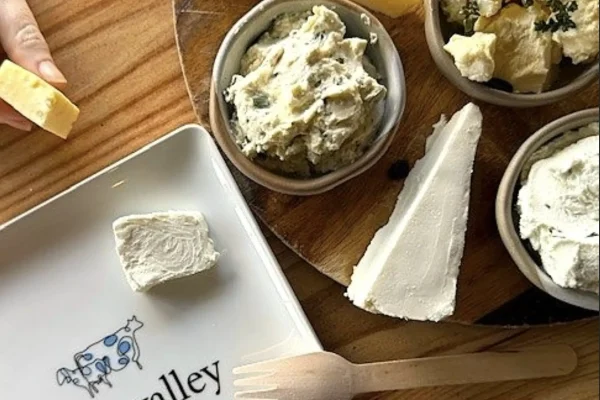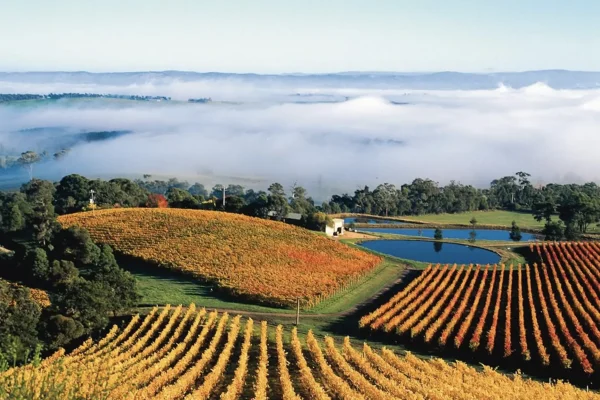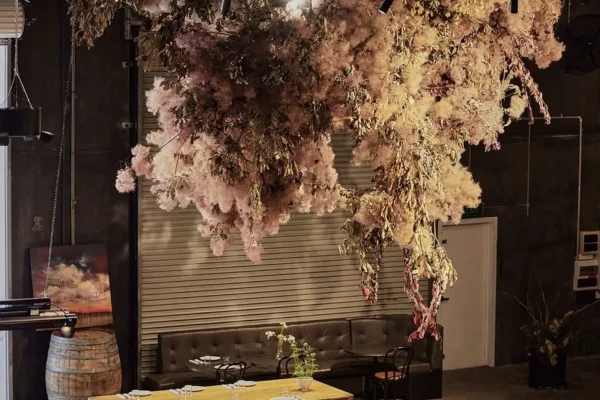On the famous Great Ocean Road, Melba Gully is the region’s best-kept secret. Ancient rainforests, lush ferns and glow worms are its claim to fame. Situated in the Otway Ranges, this magical place offers visitors the chance to walk among giant trees, wander through the rainforest and see some of Victoria’s most stunning natural wonders. Named after Dame Nellie Melba, this is a day trip that combines scenery and serenity for anyone driving this stretch of the Southern Ocean coast.
Melba Magic
Melba Gully is part of the Great Otway National Park and is famous for its dense vegetation, giant trees, fern gullies and some of the oldest Myrtle Beech trees in Australia. This ancient rainforest has natural beauty and deep cultural significance as it’s part of the traditional lands of the Eastern Maar & Gunditjmara peoples. Melba Gully’s natural history is intertwined with the cultural heritage of these communities, whose long-standing connection to the land continues to guide conservation today. The area embodies the spirit of reconciliation and equity of outcomes for Indigenous communities. With a landscape as rich in natural wonders as it is in cultural importance, Melba Gully will charm you with its tranquillity and invite you to walk through some of Victoria’s most pristine rainforests.
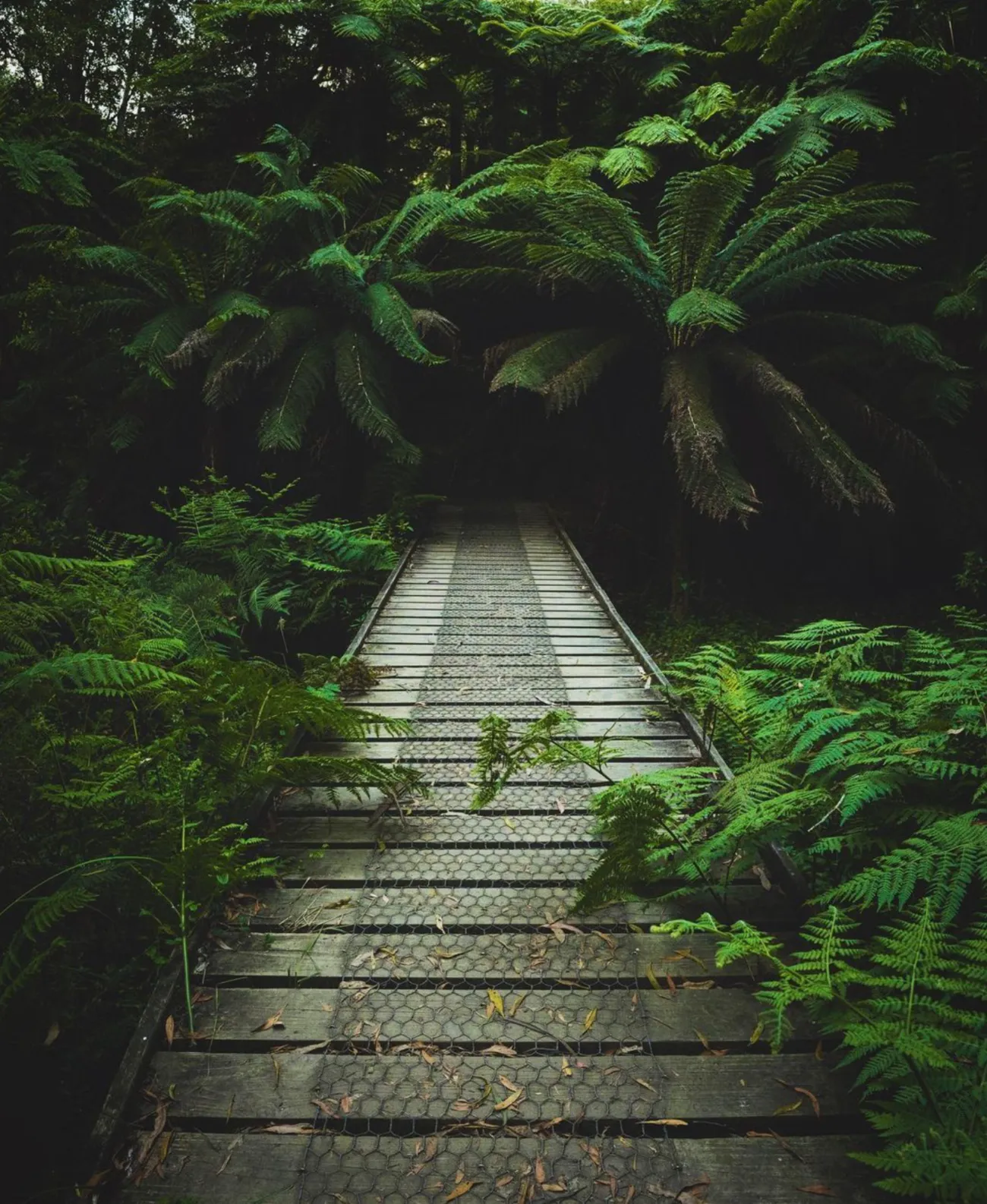
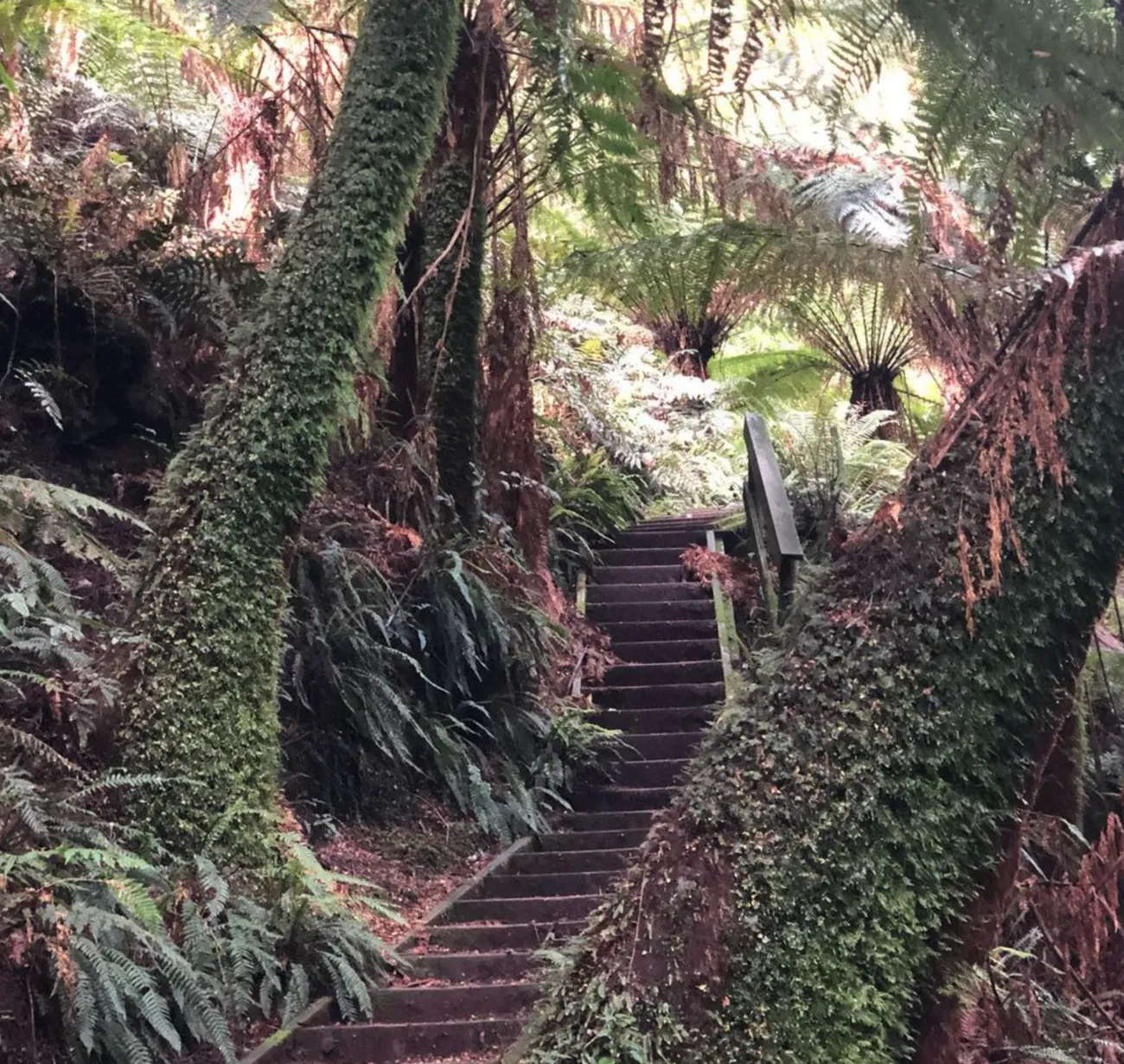
What to do in Melba
Melba Gully is a paradise for nature enthusiasts, offering enchanting walking trails, mesmerizing glow worms, and diverse wildlife. Accessible via the picturesque Melba Gully Road, this area serves as a gateway to several captivating tracks. Equipped with gas barbecues and serene picnic areas, it’s an ideal destination for a memorable family outing or a must-visit stop on an unforgettable ocean road tour.
Walk among the giant trees
The Melba Gully Circuit Walk is a 1.5 km loop track that takes you through ancient rainforest along Myrtle Beech and mossy trees. The track is easy and signposted so suitable for all ages. Walk through ancient mossy trees and see the unusual inhabitants including the adult fungus gnat that glow at night. There are also scenic spots to stop and take in the beauty of the temperate rainforest.
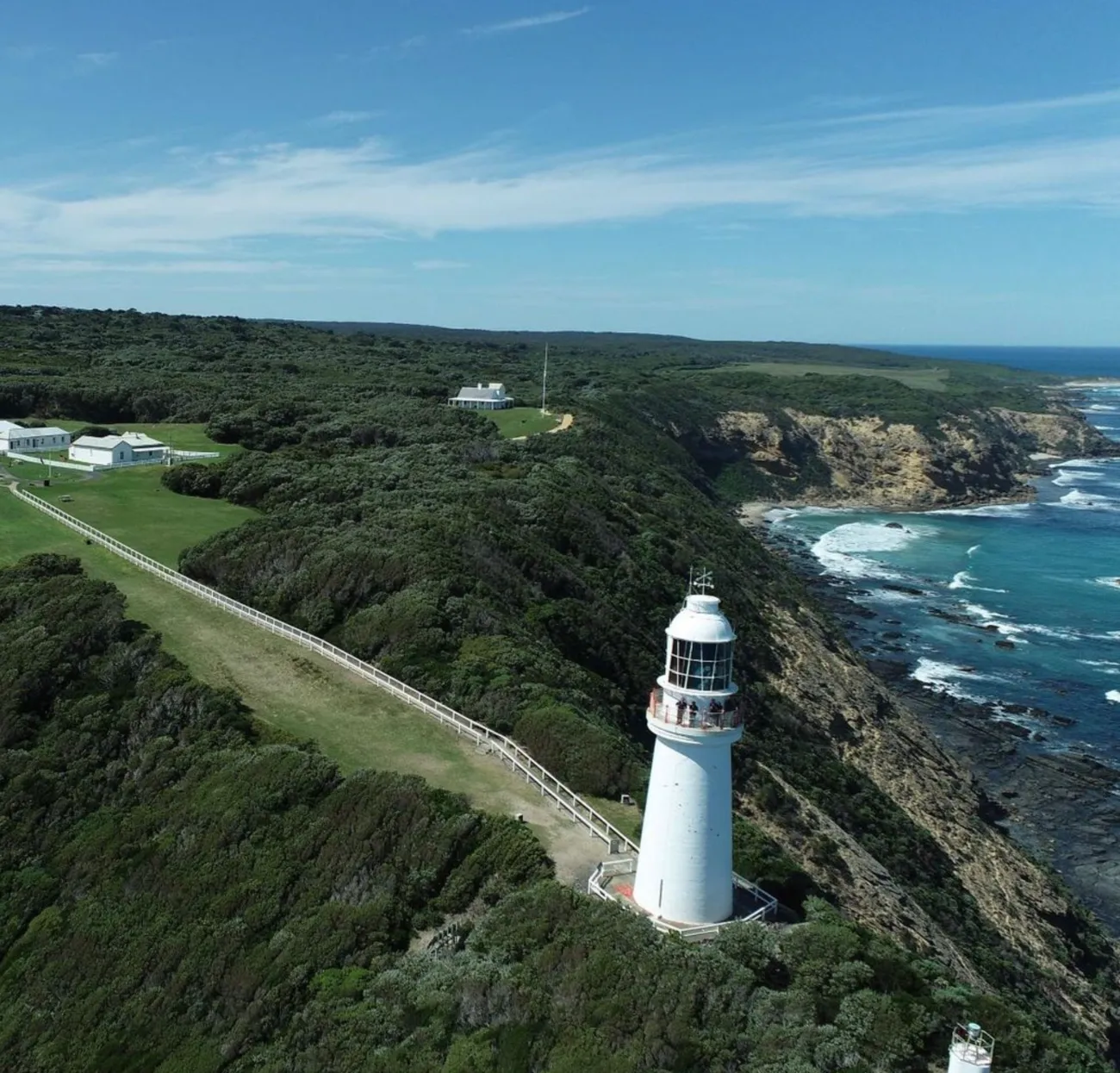
Marvel at the Beautiful Waterfalls
Melba Gully is full of native wildlife, so it’s a great spot for animal lovers. Look out for wallabies, echidnas and nocturnal creatures like owls and possums. Birdwatchers will love the variety of birds in the treetops. Nearby Cape Otway and Johanna Beach also have wildlife, such as koalas in the trees and even kangaroos.
See the Magical Glow Worms
After dark, Melba Gully’s glow worms come out to play. These tiny bioluminescent insects (Arachnocampa otwayensis) emit a soft, cool light that turns the forest floor and tree roots into a magical scene. In their adult stage, they have transparent skin and produce light to attract food; it’s a sight to behold. Bring a red filter flashlight so as not to disturb their glow and no flash photography.
Glow Worm Facts
Glow worms are a type of fungus that is in the adult stage. They produce light through a chemical reaction between luciferin and luciferase enzymes. The light is used to attract insects to the glow worm’s silk-lined lair, where they become food. The light is brightest in damp, shaded areas like Melba Gully, so it’s a hotspot for glow worm sightings in Australia. Glow worms only live in select rainforests, so Melba Gully is a rare opportunity to see them in the wild.
Why Do Glow Worms Glow?
The light glow worms produce is from a chemical reaction within their bodies, luciferin and luciferase enzymes and oxygen. This “cool light” doesn’t produce heat so it’s efficient for them. Their glow is used to attract prey, the light draws small insects to them. Best seen during wetter seasons when the glow is brighter and they are more active.
Day and Night Walking
You can visit Melba Gully during the day and night. Each time is a different experience. During the day, you’ll see the tall trees, green ferns and the intricate details of the moss on the ancient trees. At night, the glow worm display is magical. For a safer experience after dark, bring a flashlight with a red filter to not disturb the glow worms, and wear sturdy shoes with good grip as the track can be slippery, especially after rain. Visit Melba Gully at different times of the day, and you’ll get a better sense of its beauty and have more memorable experiences.
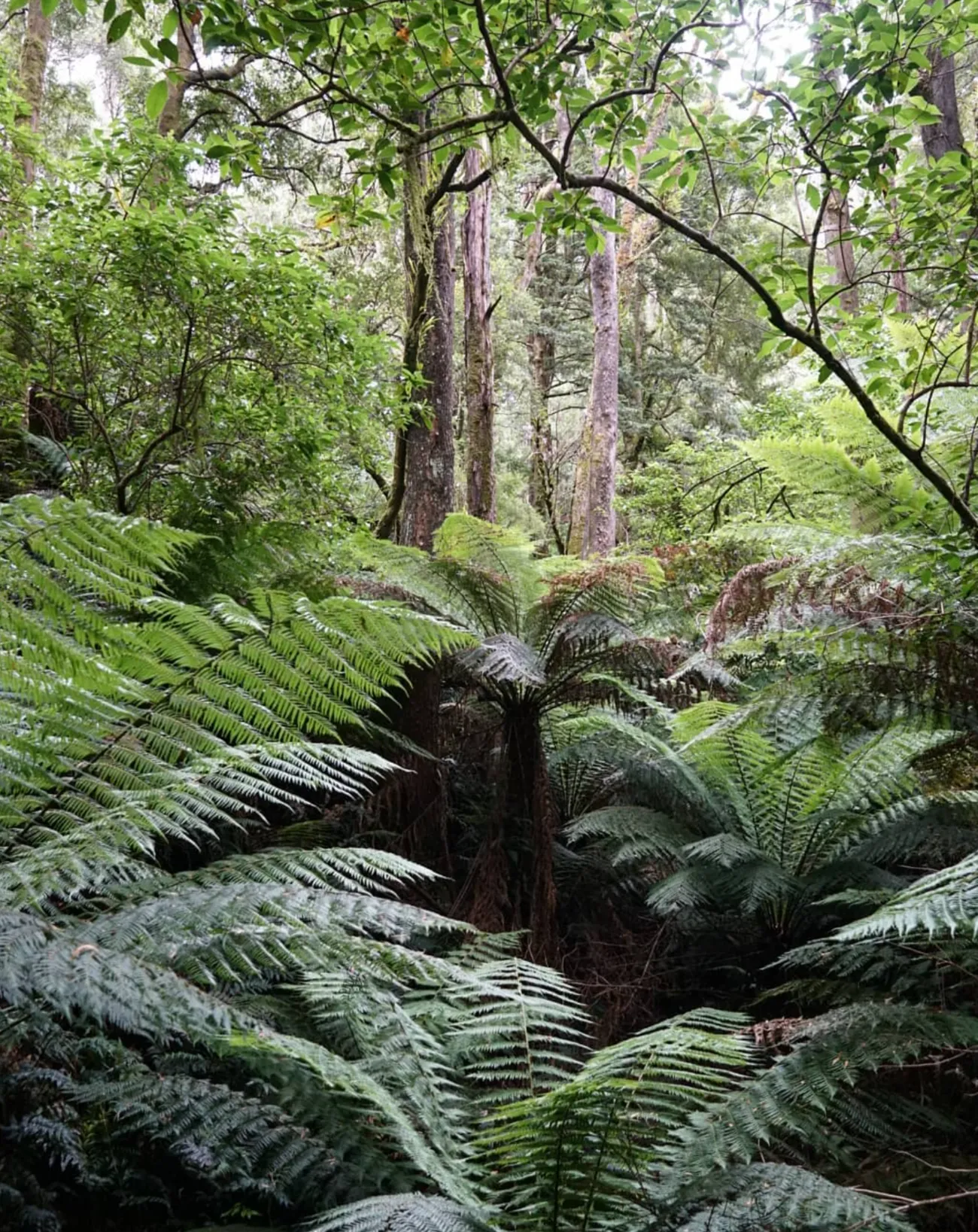
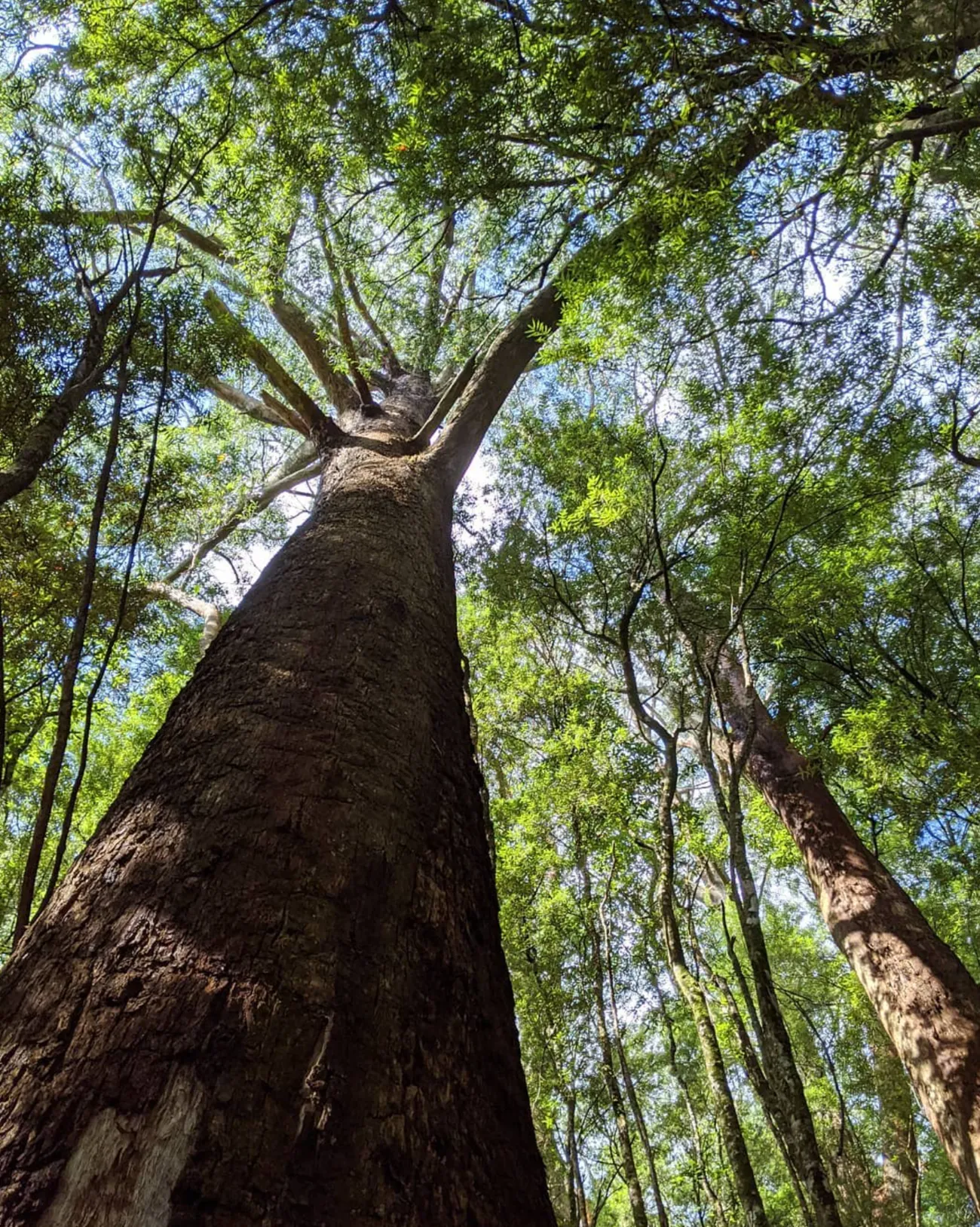
When to Visit
Melba Gully is open all year but the experience changes with each season. Spring and summer is green and warm, autumn is a kaleidoscope of colour and cool, winter is rainy and the glow worms are at their best and the ancient forests are at their rugged best. Each season is a different view of this natural wonder.
How to Get to Gully
Melba Gully is about 30 minutes from Apollo Bay and is off the Great Ocean Road. From Melbourne, you can take the coastal route or the quicker inland route through Beech Forest and Lavers Hill. Both routes are stunning, from coastal cliffs to green hills and ancient rainforest. Along the way, you can stop at popular spots like Cape Otway, Kennett River, Port Campbell and Port Fairy.
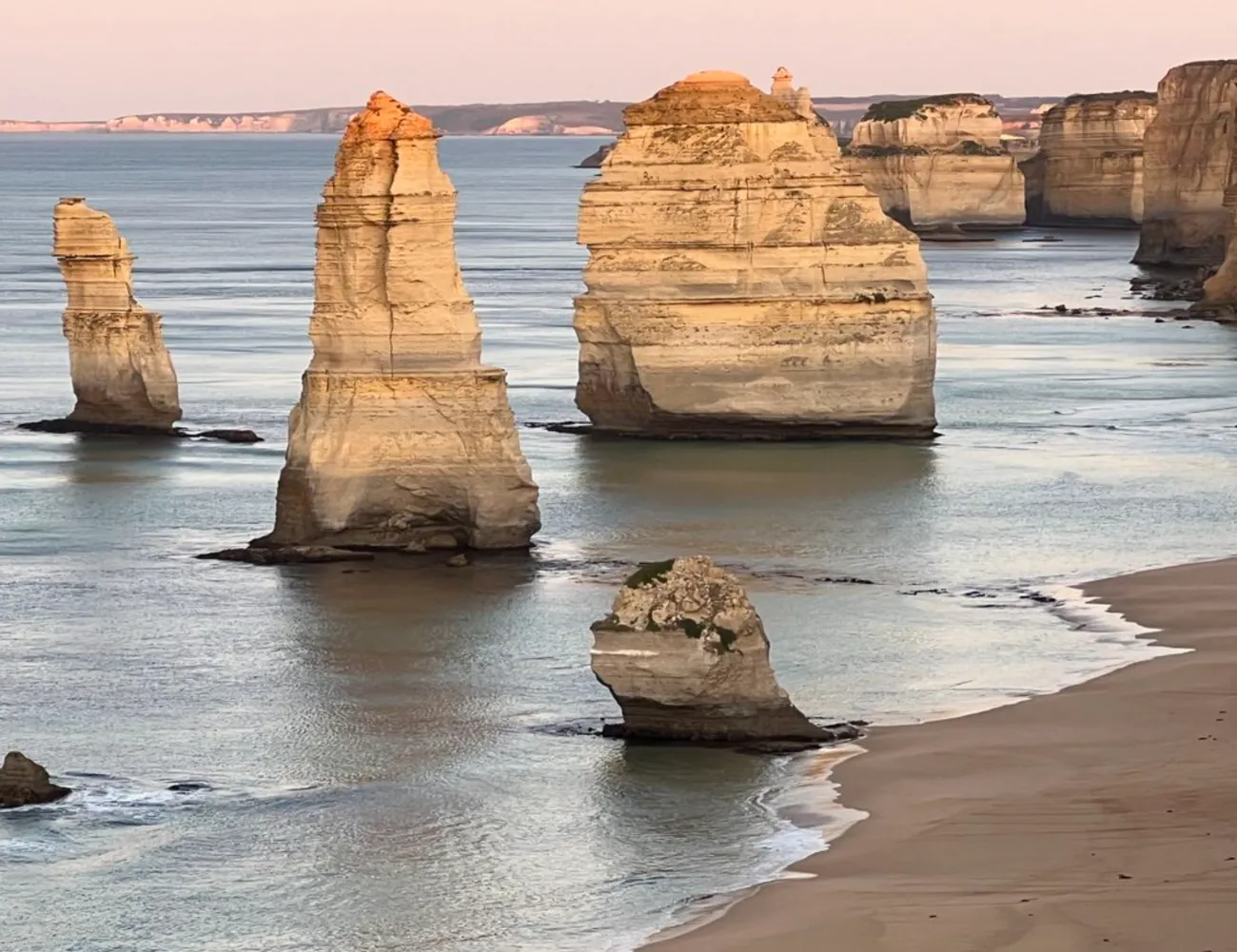
FAQ
Can I see glow worms at Melba Gully all year?
Yes, glow worms are present all year but are most visible on damp or misty nights. Winter is often the best time for glow worm viewing as the cooler. Wetter conditions make them glow more.
How hard is the Melba Gully Circuit Walk?
Easy. Suitable for most fitness levels. 1.5km loop, well formed paths but can be slippery so good shoes recommended.
Are there other attractions along the Great Ocean Road?
Yes, Melba Gully is surrounded by famous spots like Bells Beach, Johanna Beach, Otway Fly Treetop Adventures and Hopetoun Falls. It’s a great addition to a road trip through Victoria’s coastal towns and national parks.
Can I bring food or have a picnic at Melba Gully?
Yes, there are picnic areas and gas barbecue facilities near the entrance. Remember to clean up after yourself and don’t disturb the environment.
How do I get to Melba Gully from Melbourne?
From Melbourne take the Great Ocean Road or the inland route through Beech Forest and Lavers Hill. Both ways are stunning, the coastal route has ocean views and the inland route has ancient rainforest trails and rugged coastline.

